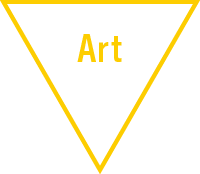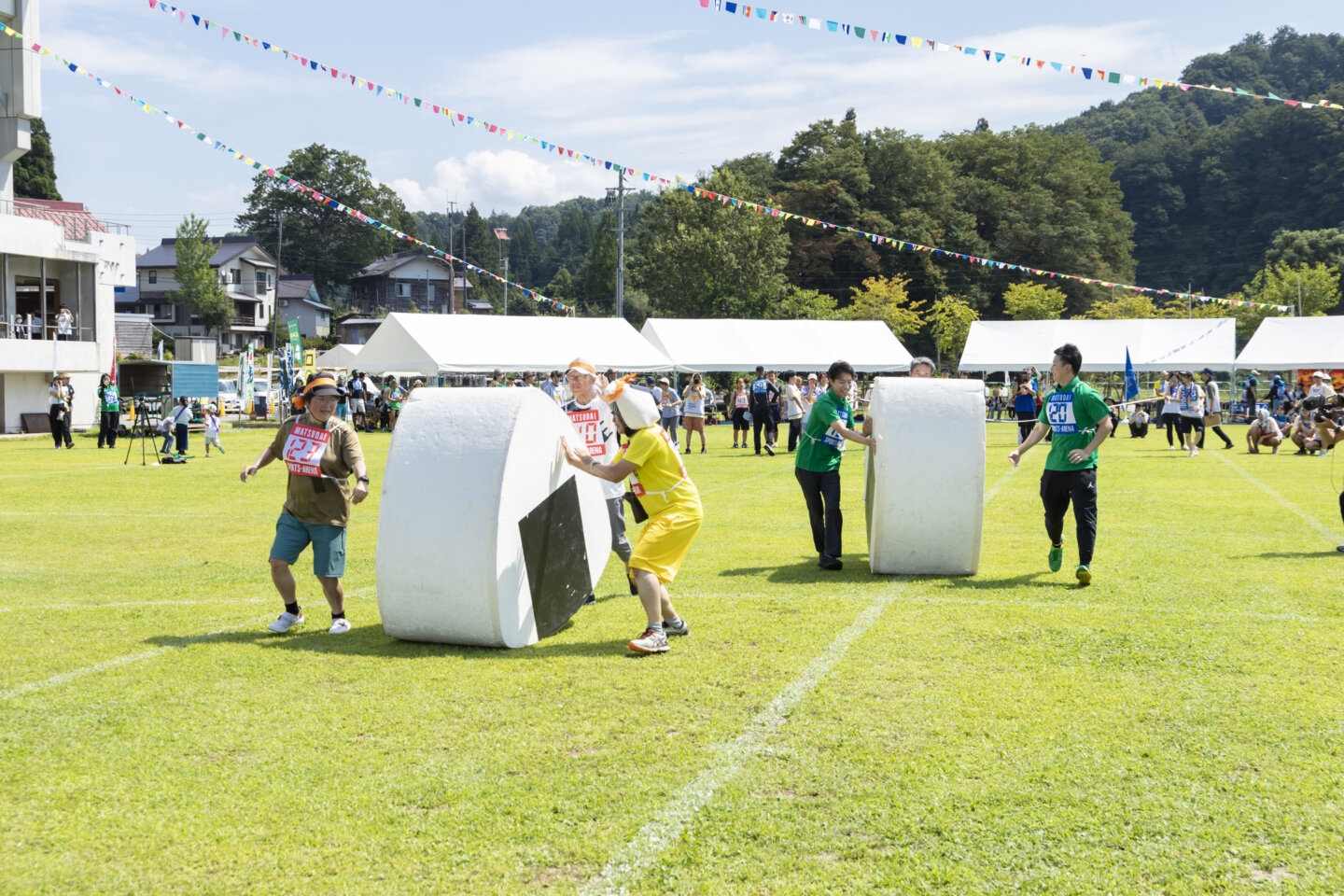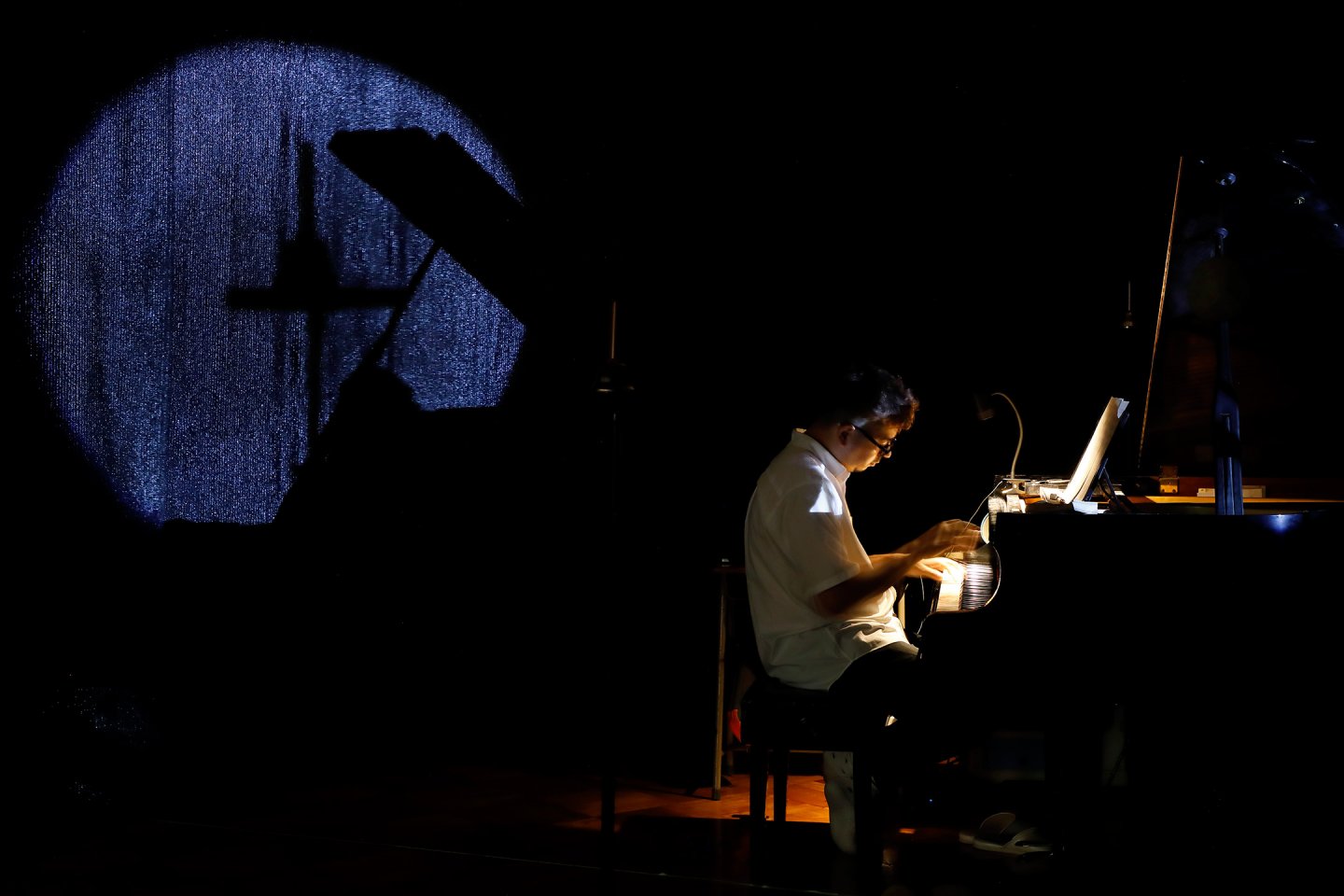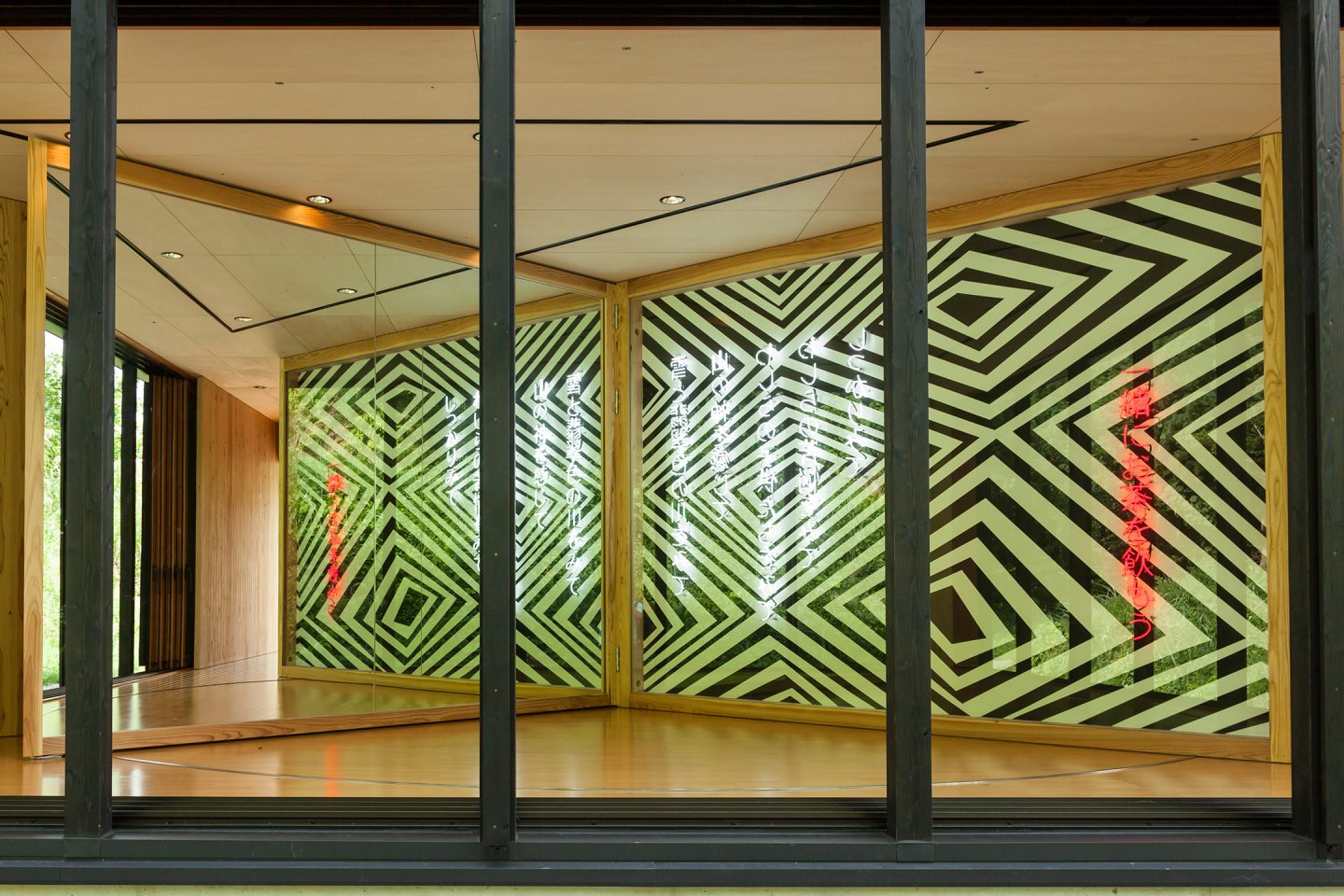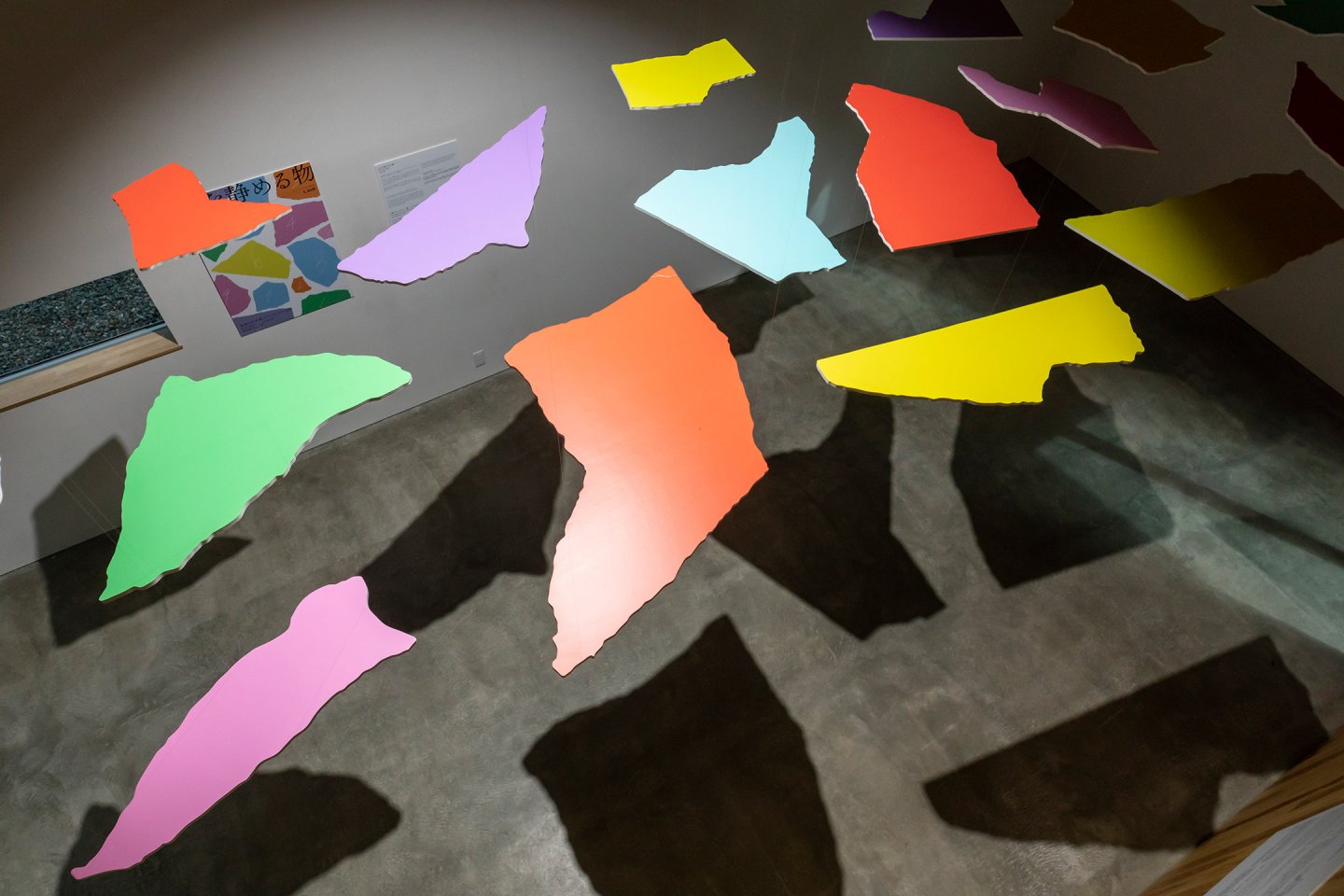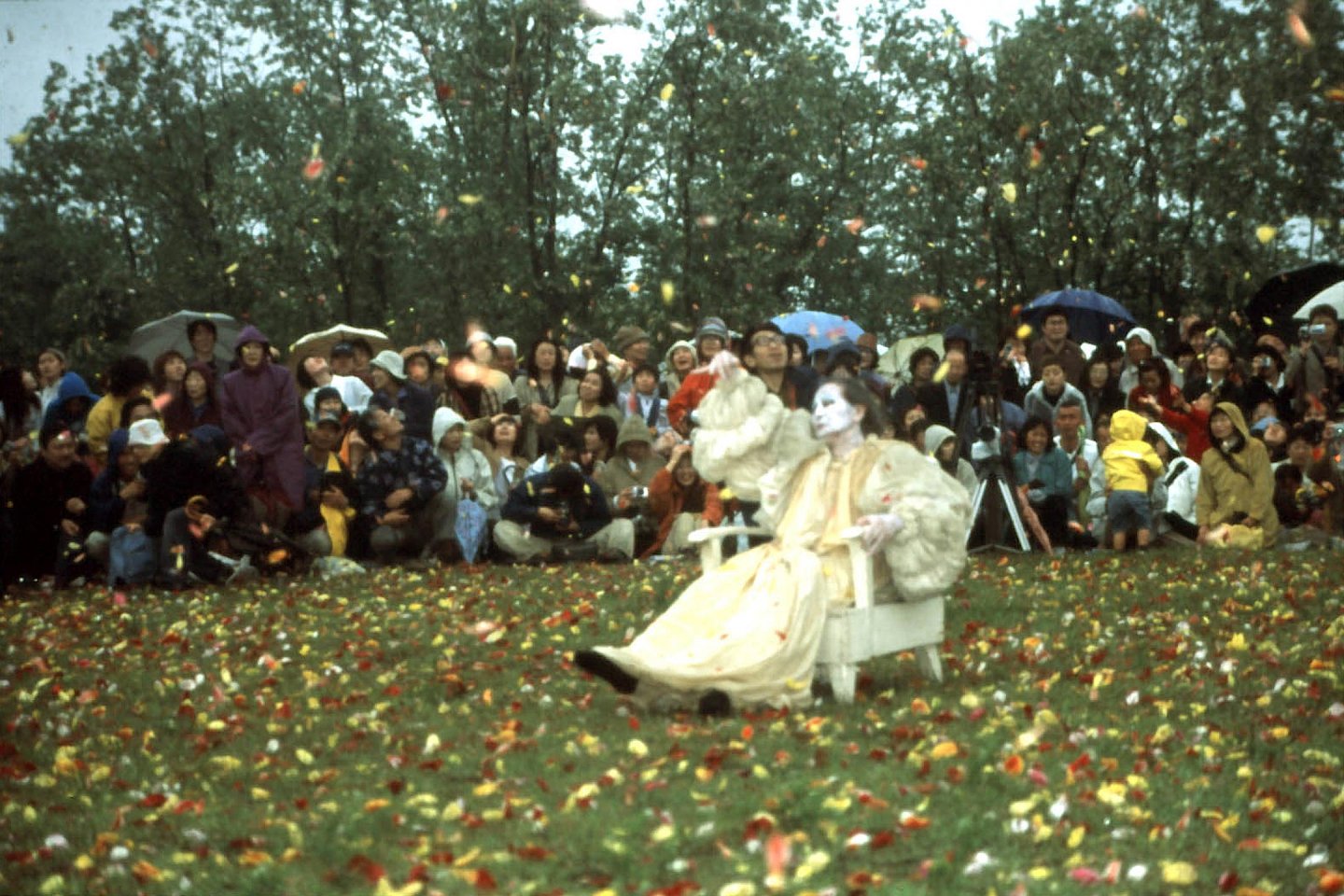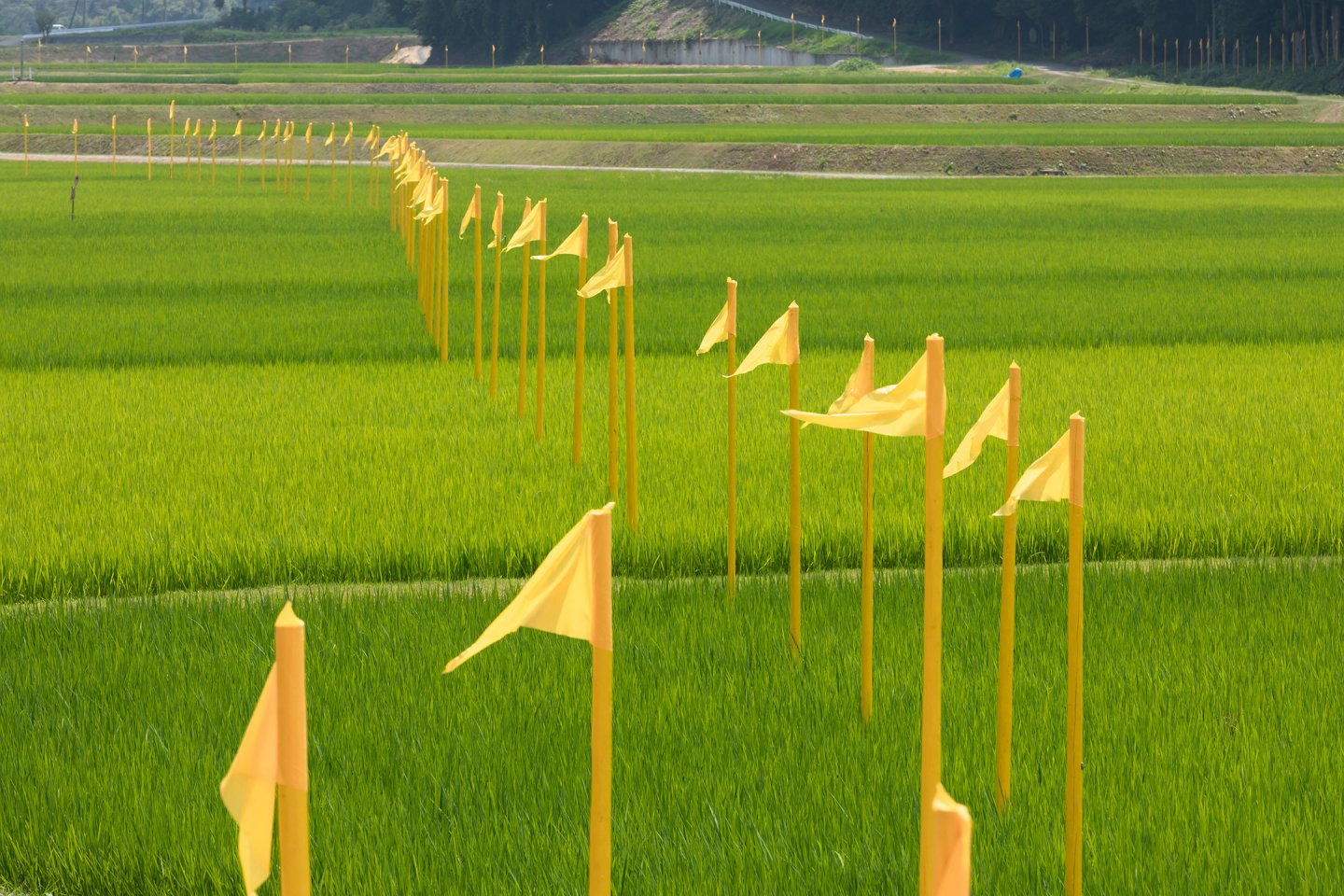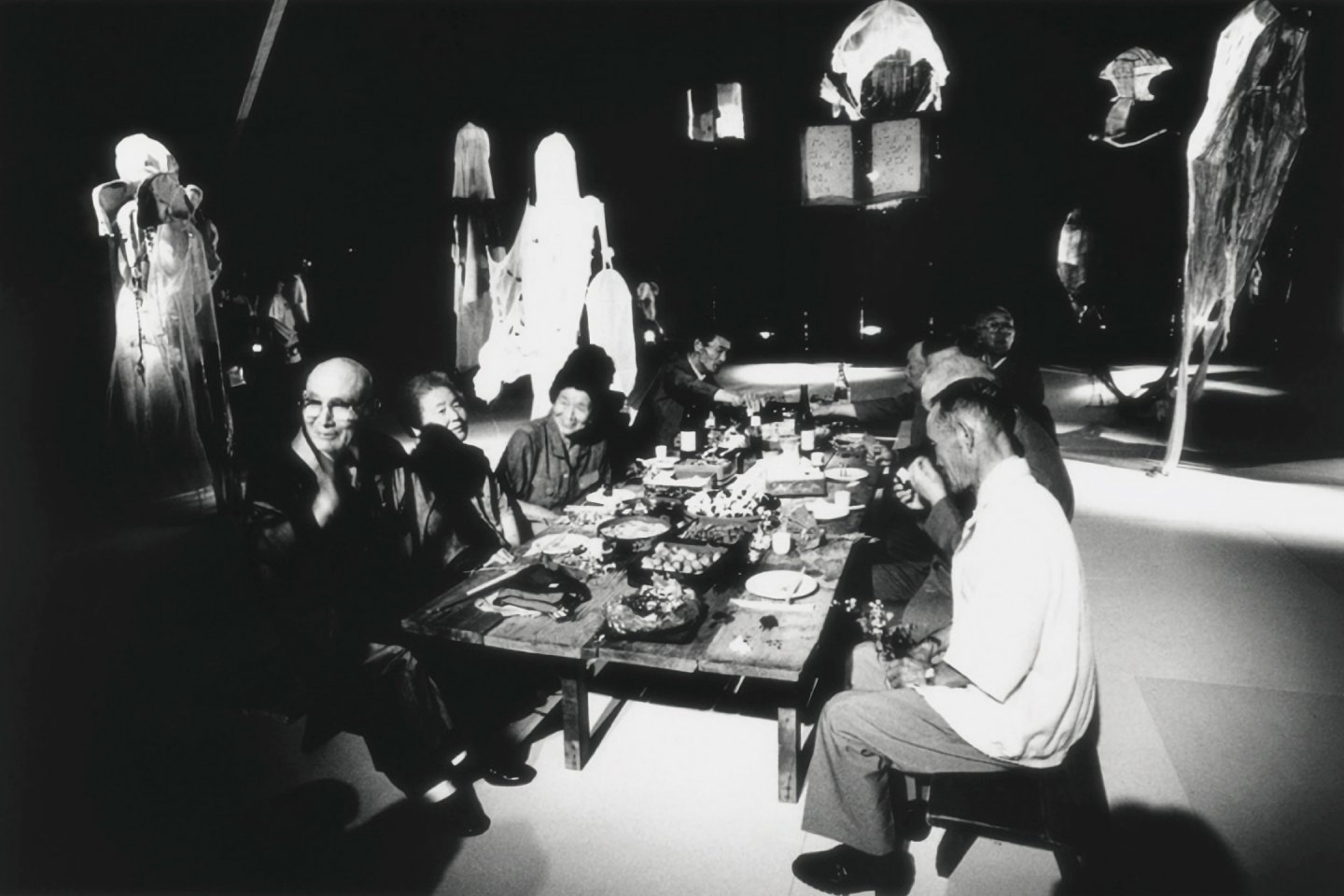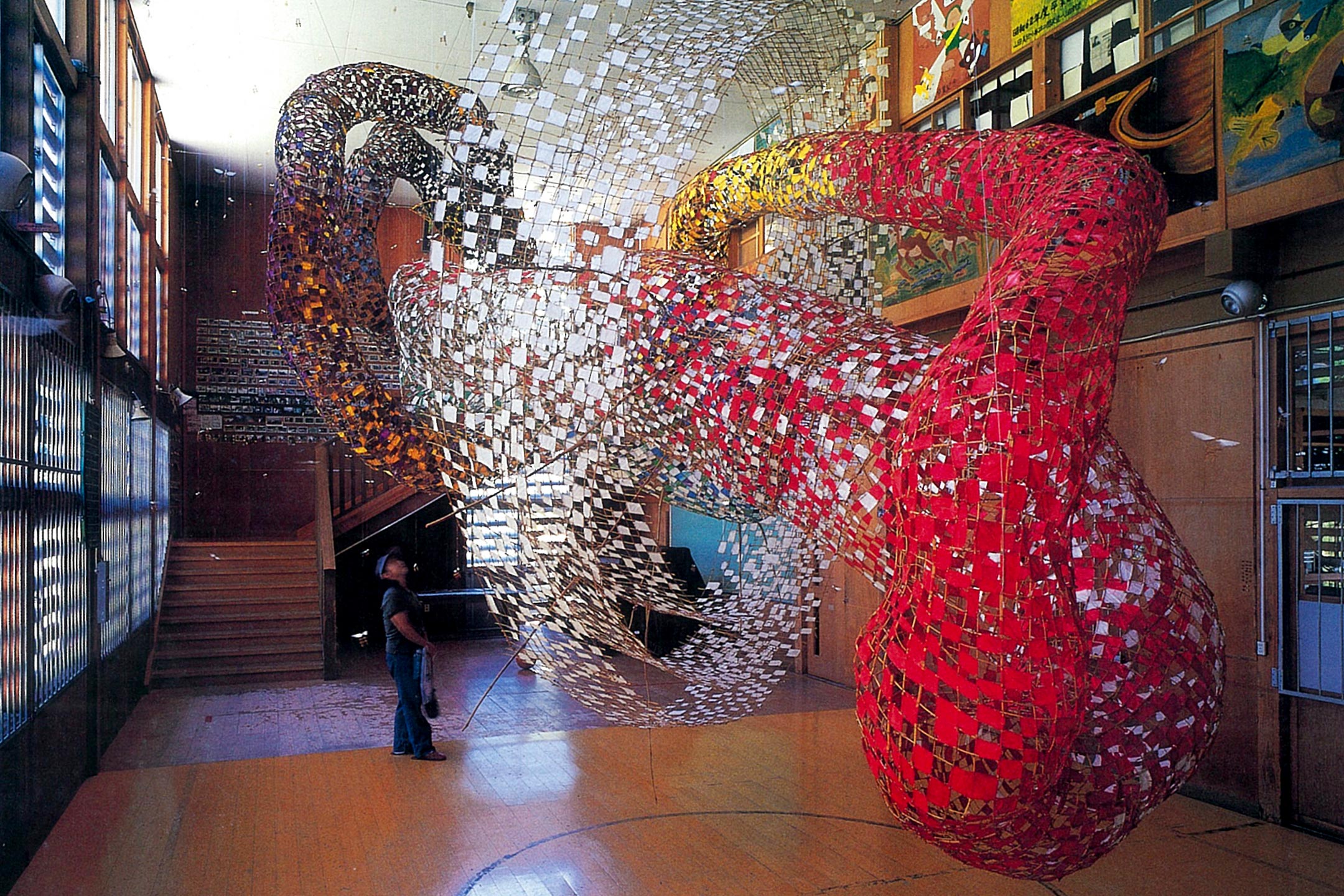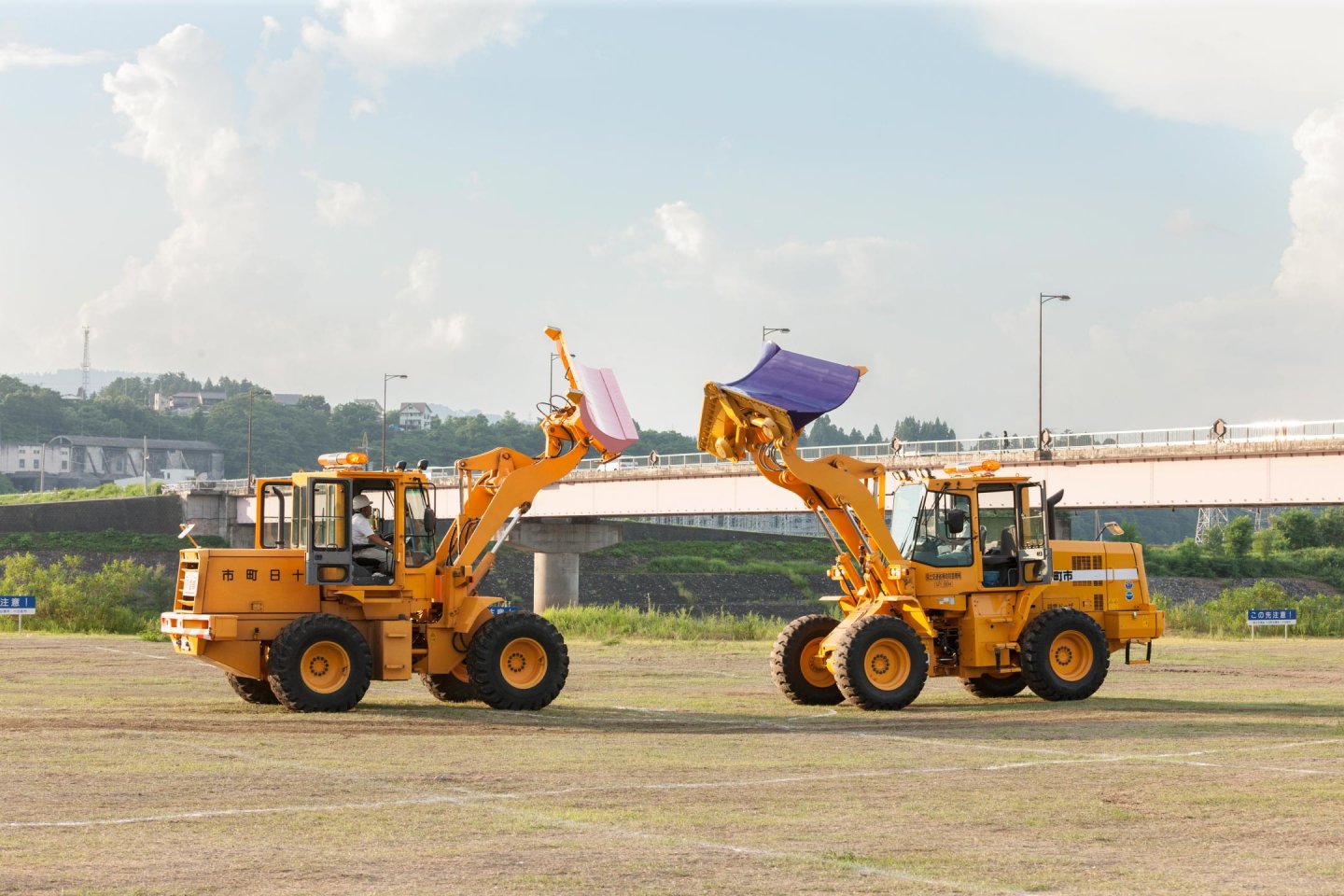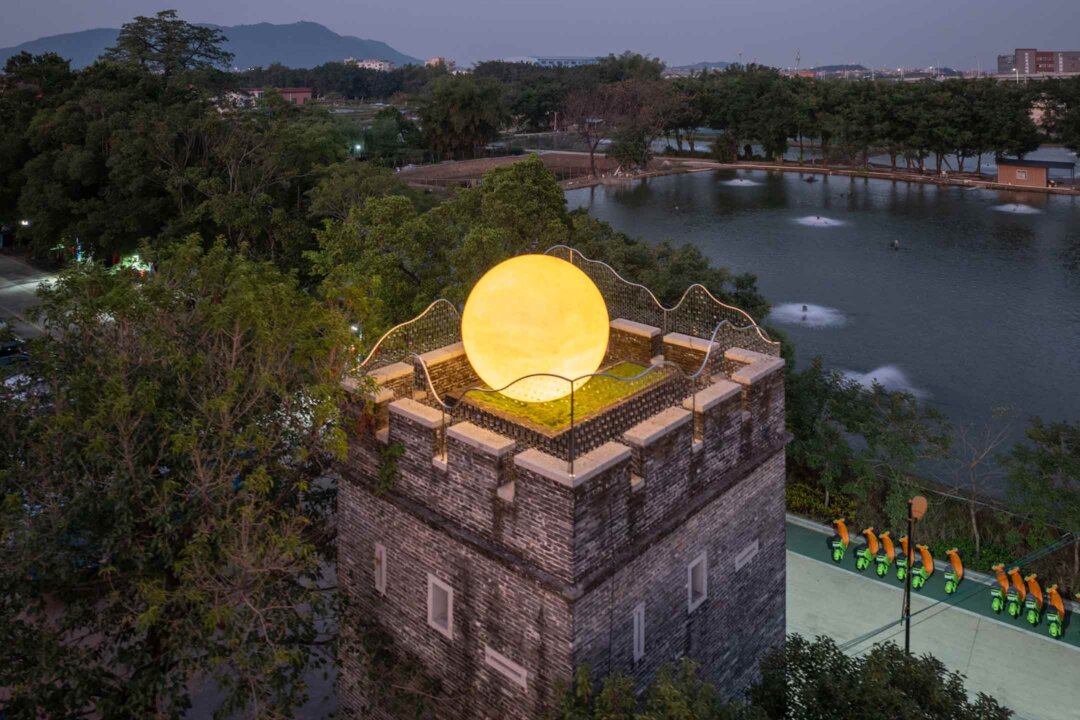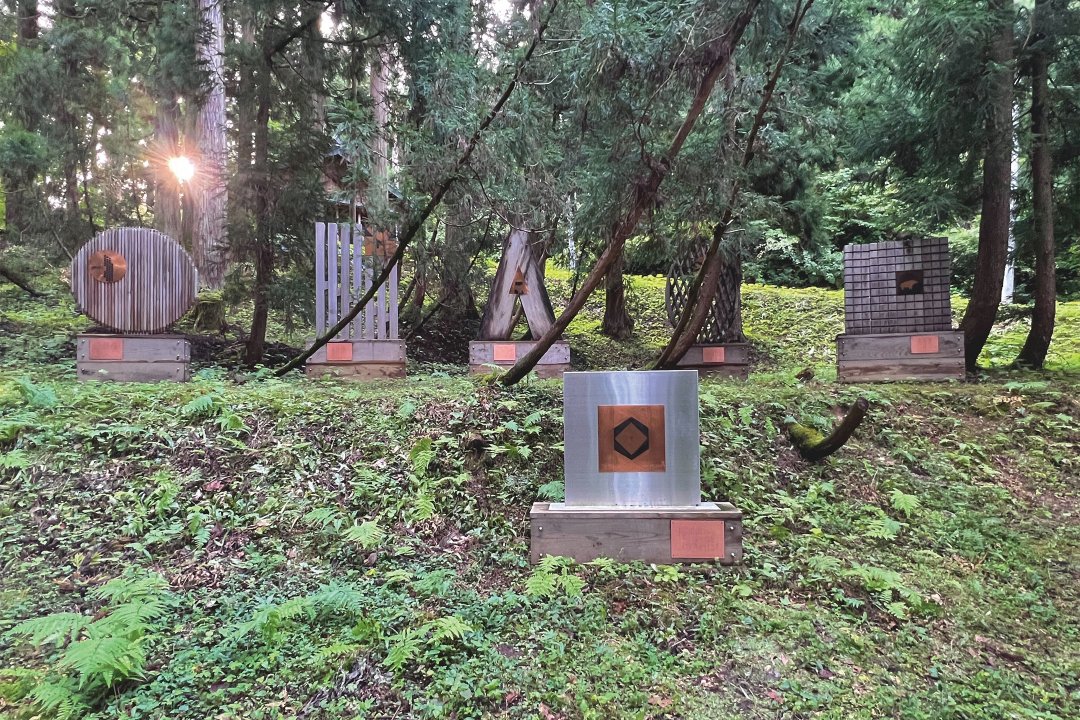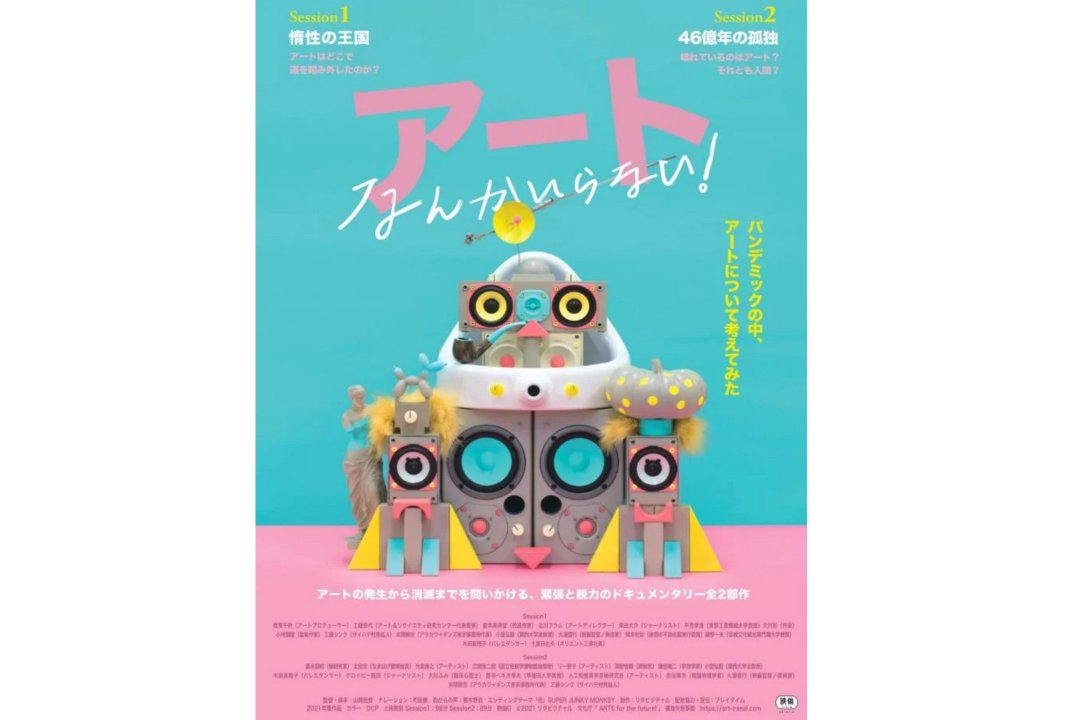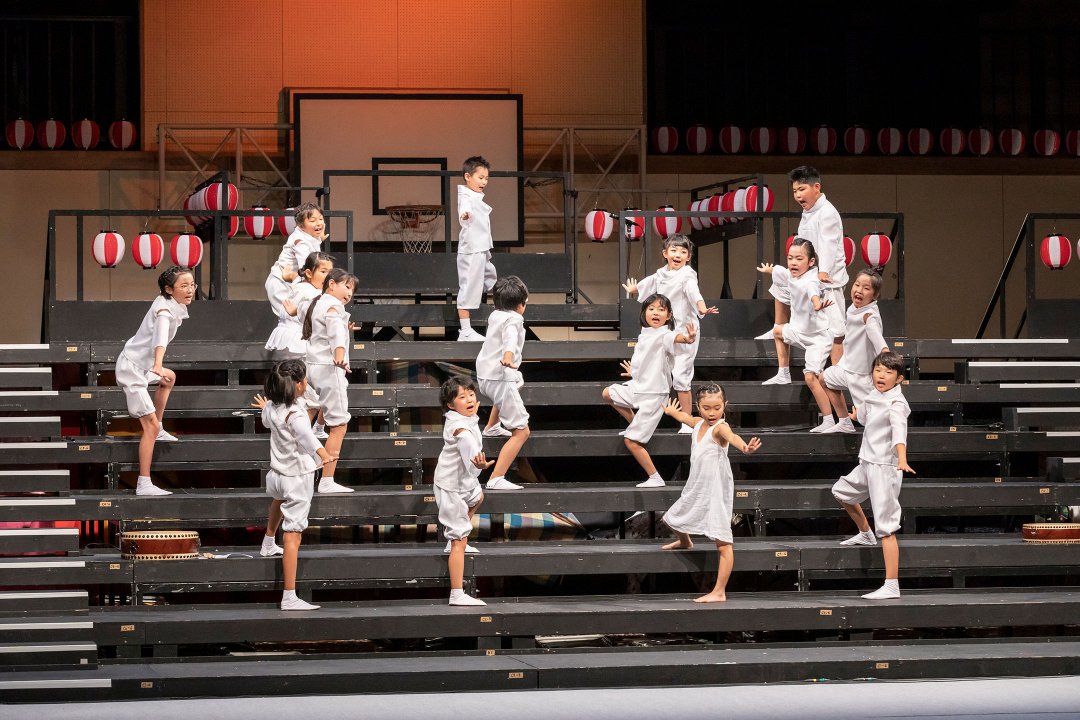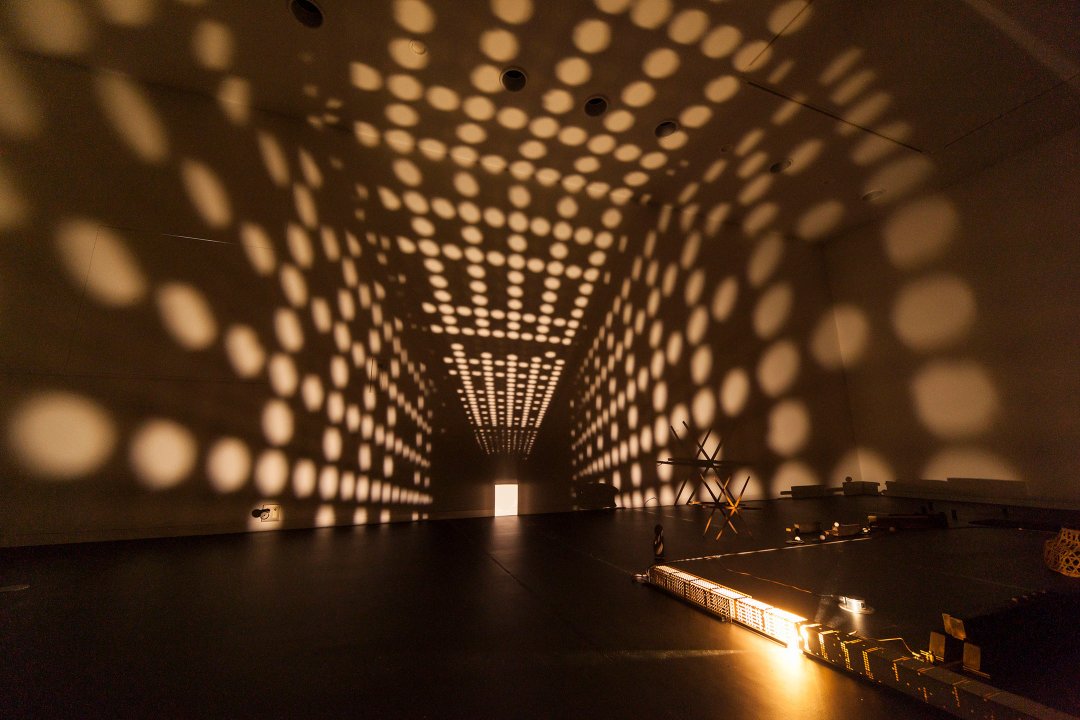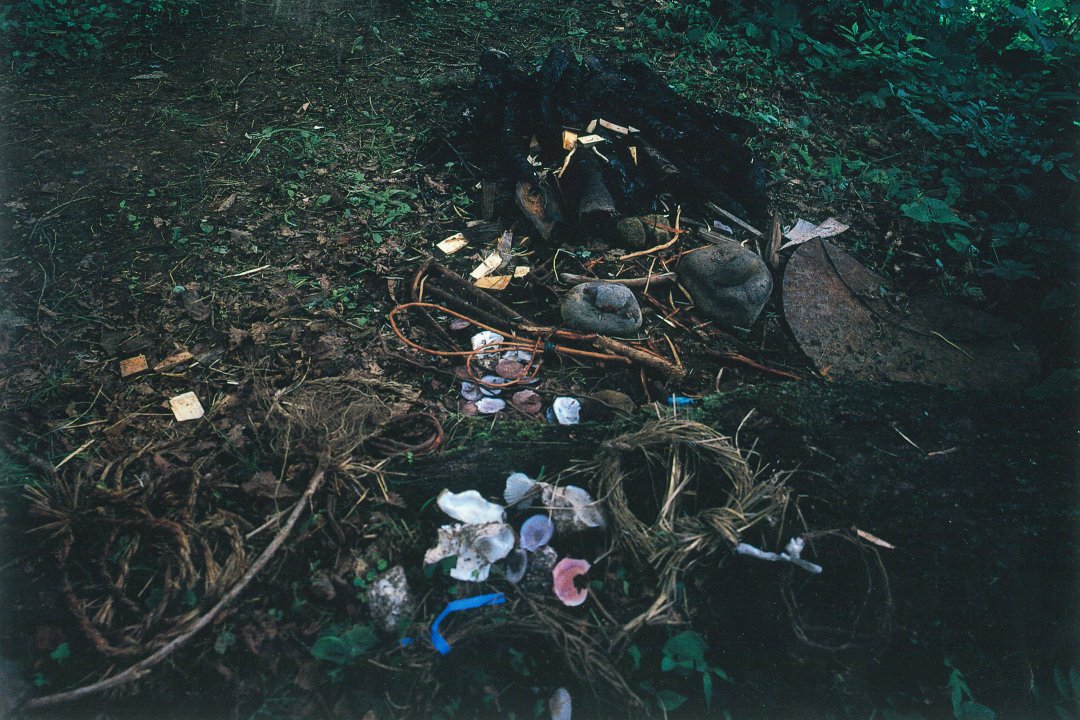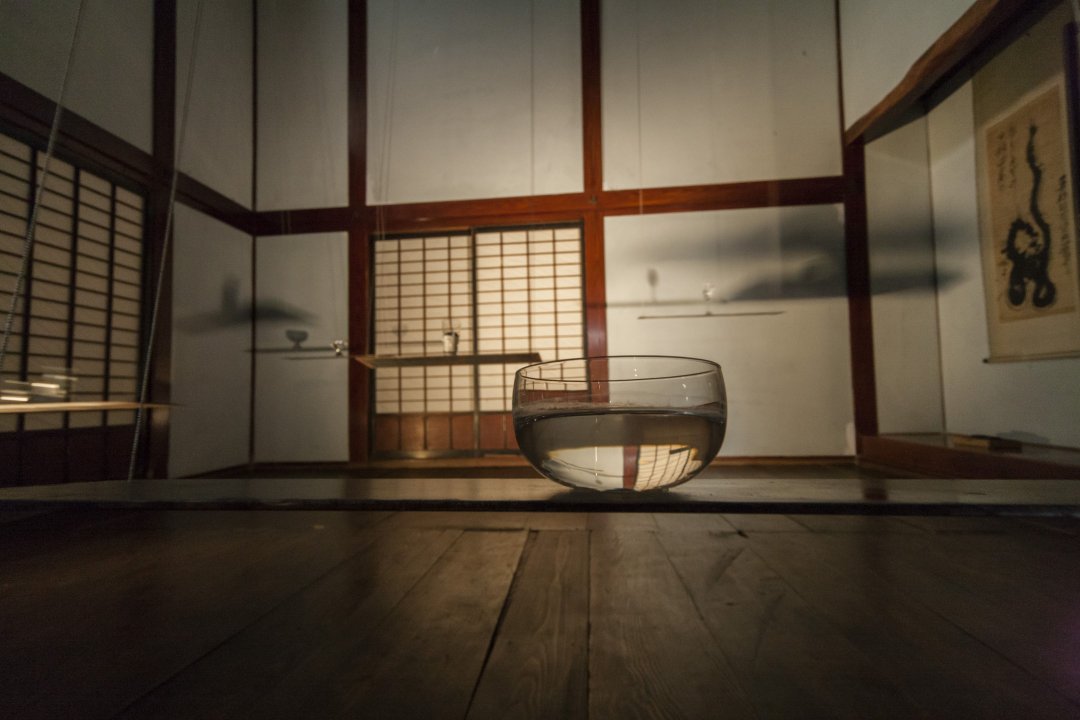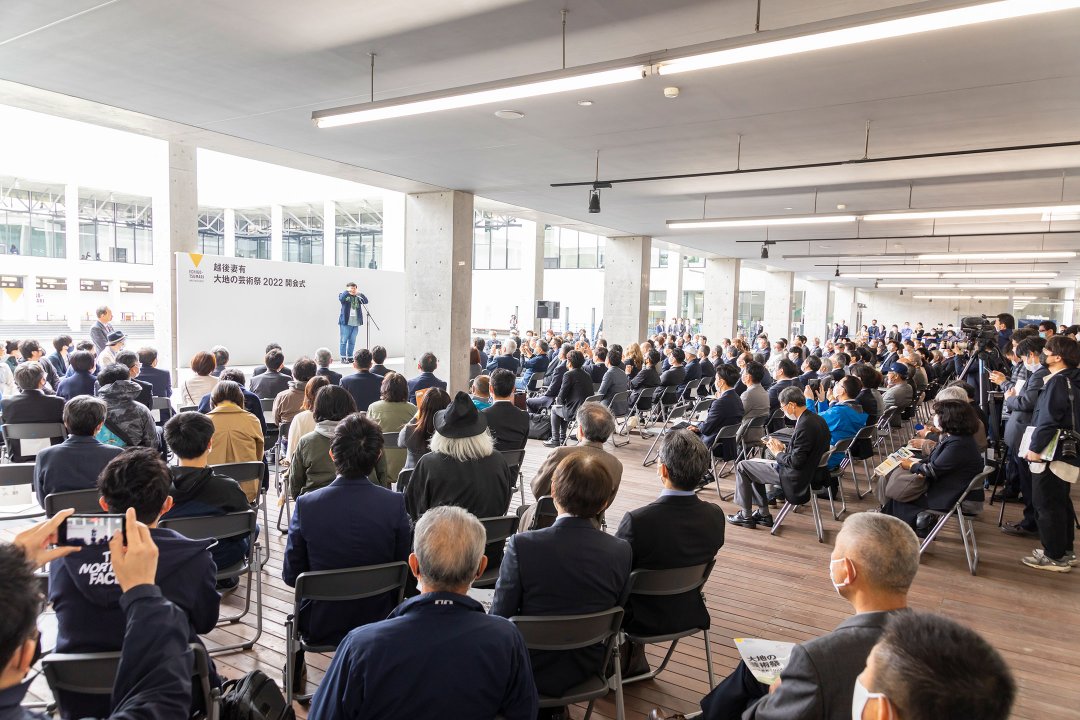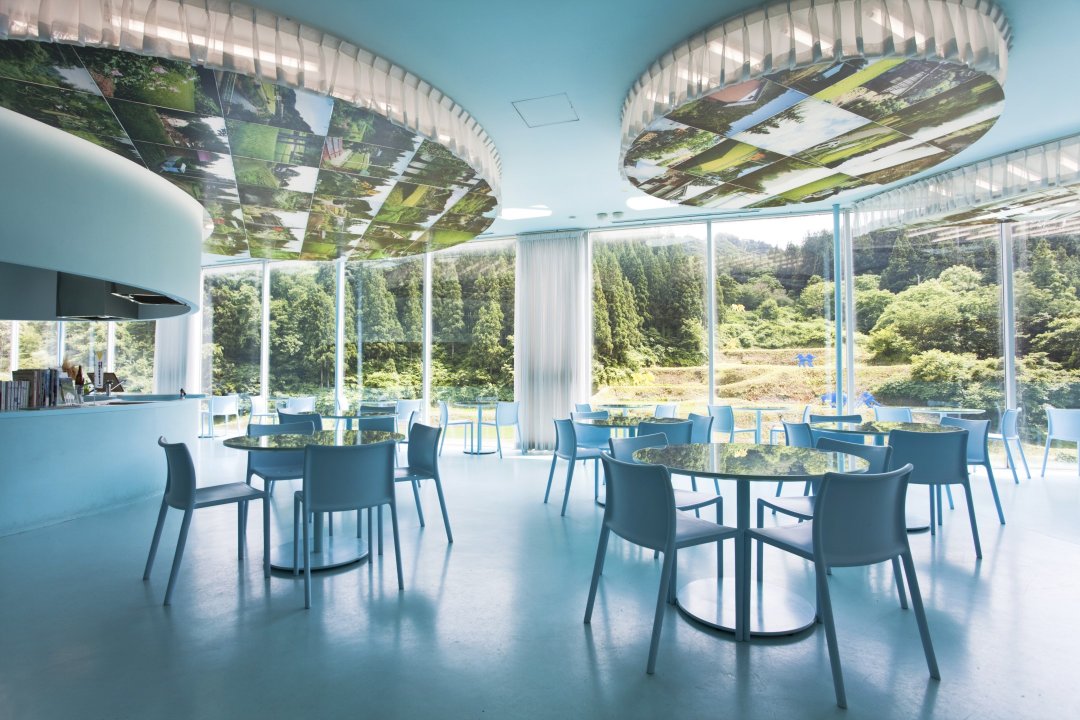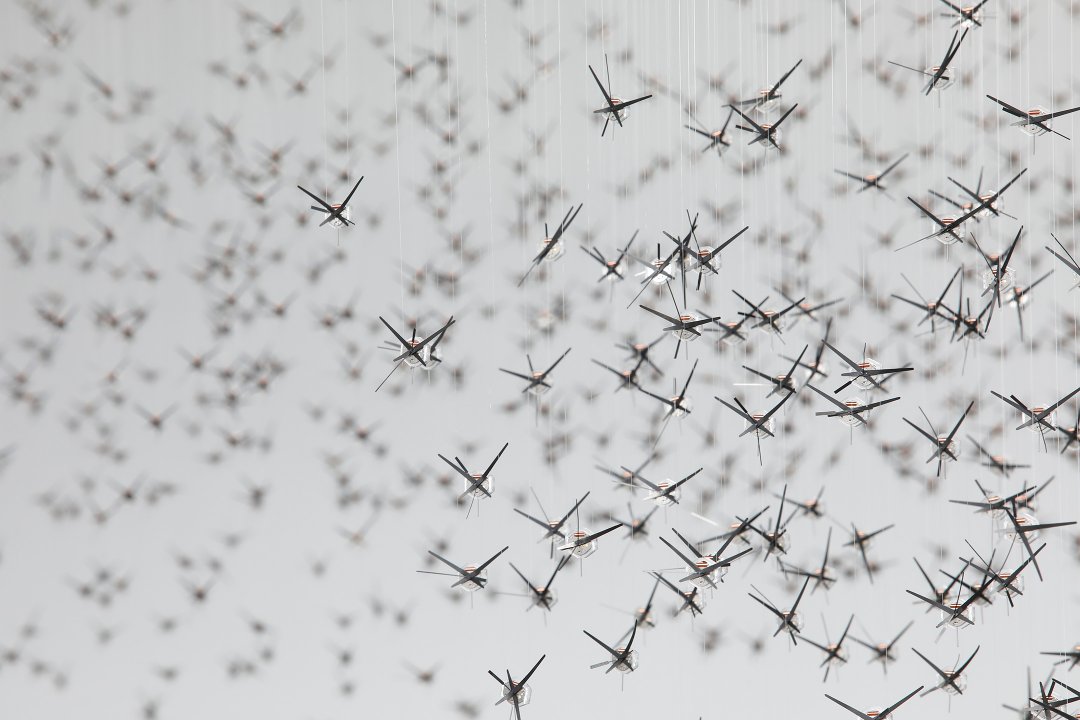Thinking 21st century art in the world from Niigata
Echigo-Tsumari Art Field - Official Web Magazine
Artwork / Chiharu Shiota
House Memory (2009)
“House Memory” by Chiharu Shiota, 2009 (photo: Takenori Miyamoto + Hiromi Seno)
Artwork / Chiharu Shiota
House Memory (2009)
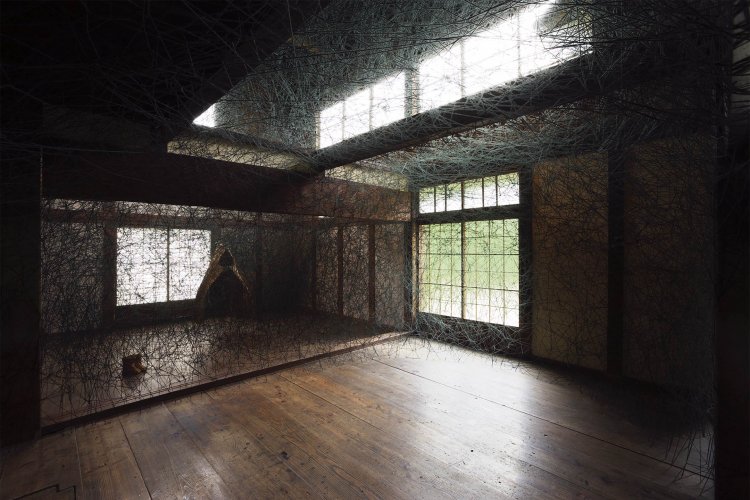
“House Memory” by Chiharu Shiota, 2009 (photo: Takenori Miyamoto + Hiromi Seno)
Black yarns spreading across in the space bring back invisible memories and asks the meaning of “house” to human
Text and edit by UCHIDA Shinichi / Edit by KAWAURA Kei (CINRA.NET editorial team) / Translated by Miwa Worrall
06 April 2020
Embrace the house of sericulture with black yarns that spin memories
“Abandoned house project” is one of the distinctive projects of ETAT. It transforms unoccupied and abandoned houses in Echigo-Tsumari into artworks. However, it is not just effectively utilising unused regional resources. All of these artworks pay respect to past lives in these houses and thus ask more universal meaning of “what is it to live”.
“House Memory” by Chiharu Shiota (1) is an artwork that represents the abandoned house project. The site she chose for creating this work was a house which used to grow silkworms (by producing raw silk from cocoon) – which was once a popular side job in Echigo-Tsumari region. Shiota stayed in the region for two weeks, stretched around black woolen yarns inside of the house, from the front door into the living room, even up to the attic, and drastically transformed the space.
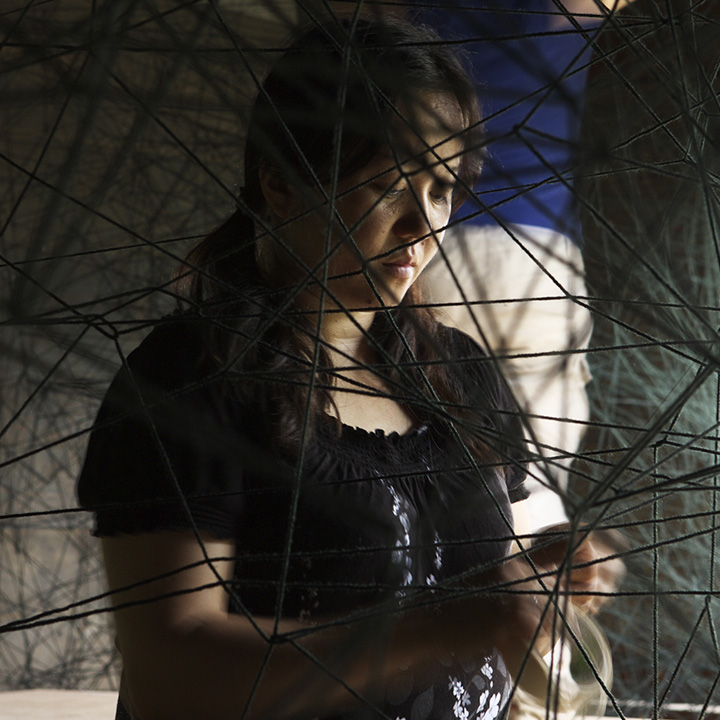
1. About the artist: Chiharu Shiota
Born in 1972 in Osaka. Currently resides in Berlin, Germany. She confronts with a fundamental question of life and death of human and explores “what is it to live” and “what is existence”. She creates artworks to express presence in absence such as memories that relate to a place or embedded in an object via various media including a large-scale thread installation as well as objects, photography, and videos. She received the Art Encouragement Prize from the Japan Ministry of Education, Culture, Sports, Science and Technology in 2008. In 2015, she was selected to represent Japan at the 56th Venice Biennale.
Thinking about the history of the house, the black yarns spreading in all directions could look like a gigantic spider web while at the same time make us wonder about life in satoyama which was dependent upon raw silk produced from cocoons for generations. Resonating with the title of work, “House Memory”, it seems that the activities of invisible people quietly emerge.
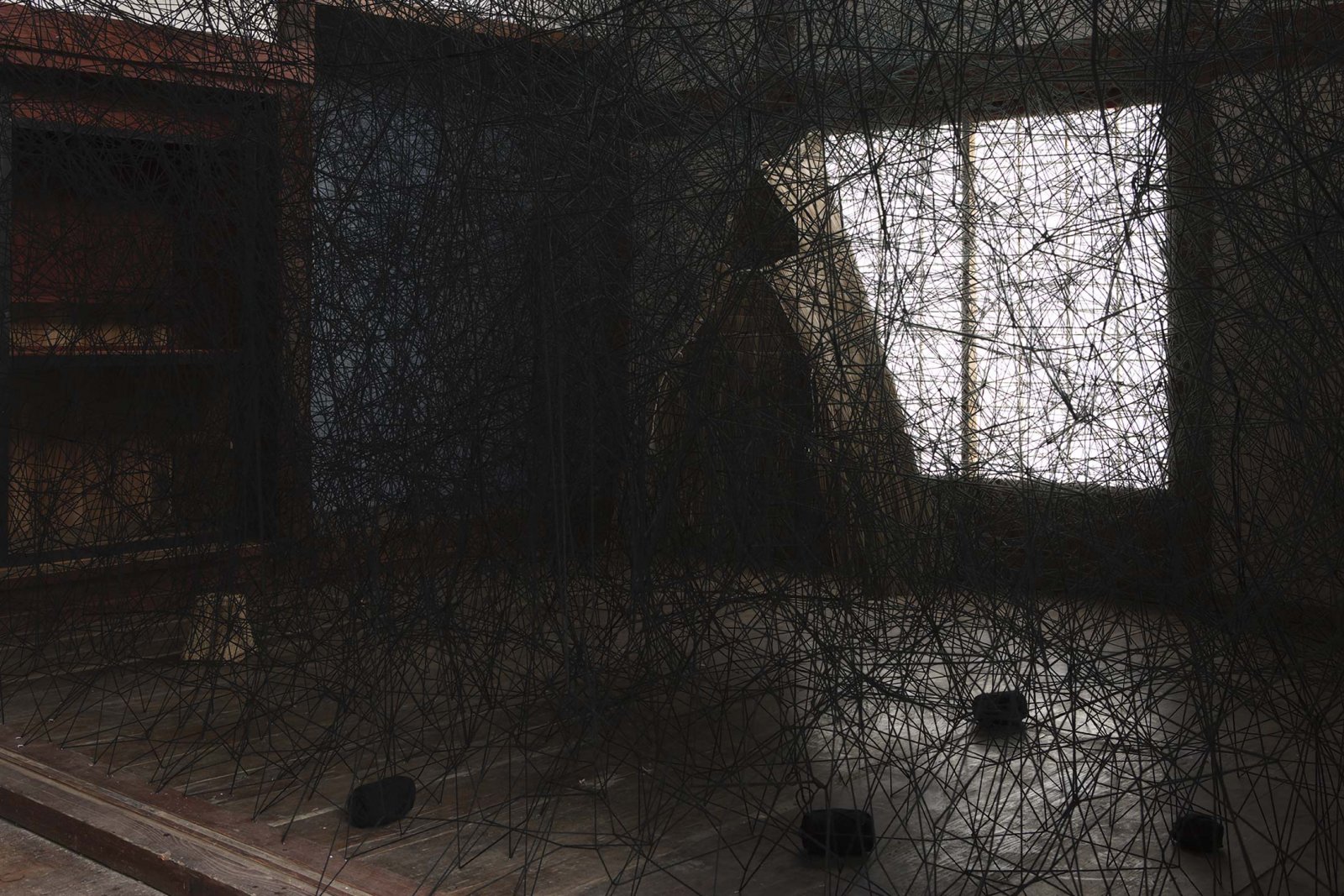
“House Memory” by Chiharu Shiota, 2009 (photo by Takenori Miyamoto + Hiromi Seno). The length of woolen yarn used for this work reached 44000m.
When looking closer, you will realise old tools such as mino (straw raincoat) and waragutsu (straw boots), pieces of furniture and books are left in the room as if they are woven into the yarns. These are “things that are no longer necessary but hard to throw away) which Shiota collected from the local people through their cooperation. The way it stands as if being wrapped in a cocoon of memories is impressive.
An installation of countless number of threads is one of the iconic approaches Shiota employs for her works. There follows remarks by herself regarding the work “Red and Black, 2019” about the colours she choses for each work.
“The black represents vast deep space while red expresses a red thread connecting people to people as well as the colour of blood. (from the catalogue of solo exhibition at MAM, 2019, Shiota Chiharu: The Soul Trembles” )
People who step into the space of the artwork would end up thinking about each human activity (some of which are disappearing due to depopulation and changes in industry) that are rooted to the history of this place. At the same time, if the black yearn expands like universe, what we see in there may be the more universal fragility and robustness of human as a whole including ourselves.
Chiharu Shiota, 2009 (photo: Takenori Miyamoto + Hiromi Seno)
Asking the universal meaning of “house” that is important to everyone
The floor of the upper level was partially taken off which let the black yarns spread across in the void space. While the ultra-realistic time is ticking inside the house, visitors would have a surreal experience of ordinary including the natural light filtering through the large glass window or cicada singing a choir outside in summer. Such experience reassures us that the world constantly changes without a pause as it comes across various encounters and confronts with diverse issues.
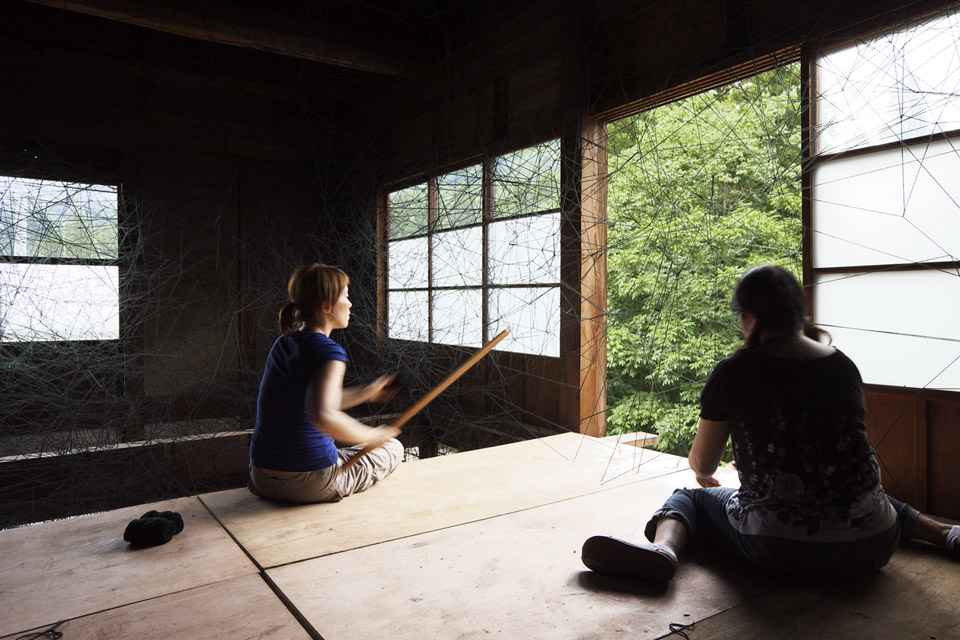
Production in progress – “House Memory” by Chiharu Shiota, 2009 (photo: Takenori Miyamoto + Hiromi Seno)
There is another compelling episode when we think about the relation between Shiota’s expression and “house” as a key word. In 1997, Shiota participated in a workshop by an artist, Marina Aboramovic (2). She had already left Japan behind and started to pursue her own artistic aspirations in Germany where she currently has her base. It was a workshop held in a castle in northern France where participants worked on various challenges while fasting for several days.
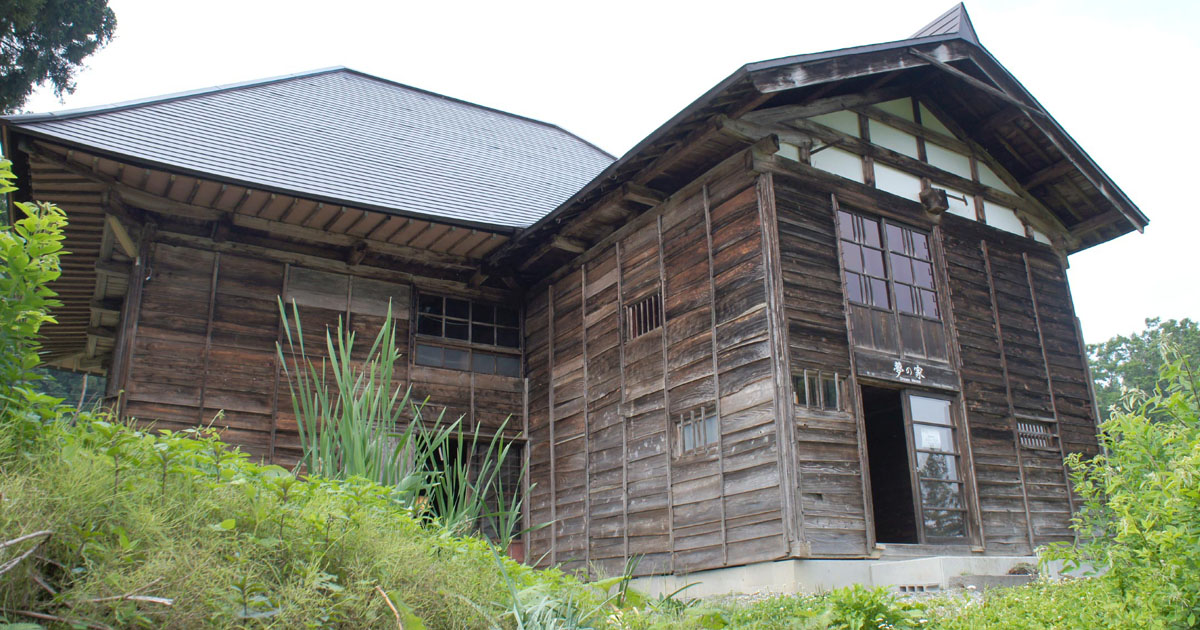
2: About Marina Aboramovic
.
At the last phase of the workshop, Abramovic asked Shiota in the fasting state to write down words that occurred to her mind. The answer she gave in haze was one word – “Japan”. “Try and go home”, the performance she presented on the following day was intense – she climbed up to the cave on the slope naked and fell down from it and repeated this sequence of climbing and falling. She projected a contradiction she felt when she thought of the place she once belonged to in the distant home as well as a complicated emotion when she imagined such place would no longer be the same even she managed to go back to.
Knowing this anecdote, it feels that how the “house” is interpreted in this work becomes more profound. A house exists as a place where you live your life and return to one day. At the same time, there are houses that you can never go back to as they have disappeared. People continue to live life by keeping such houses in their memories or sometime making a new house of own. Memories will then be span into the future.
This is a magnificent work created as a result of losing people who live in the house. It is a profound expression of duality.
S (former kohebi member (ETAT volunteer))
Since previous year when “House Memory” was created in 2009, I moved to live in Tokamachi after having participated in the kohebi activities. My first encounter with Shiota’s work was at the 1st Yokohama Triennale in 2001. “Memory of Skin – 2001” left a compelling impression – it was an installation of water poring into hanging gigantic dresses dyed by mud. I applied for participation when I heard that Shiota was looking for supporting staff from kohebi to create her new work in Echigo-Tsumari.
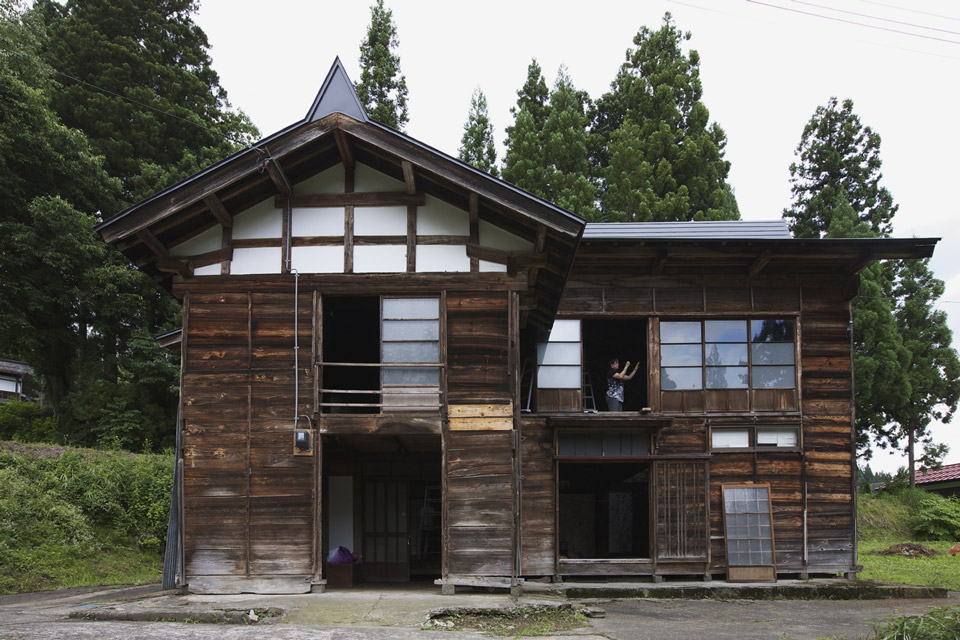
Production in progress – “House Memory” by Chiharu Shiota, 2009 (photo: Takenori Miyamoto + Hiromi Seno)
The production was done by Shiota, her assistant and two kohebi members including myself as supporting staff. We began from through cleaning of the house that left abandoned. The space gradually began to form as we put the yarn across by drawing triangles repeatedly. When the work was completed at last I was so impressed by the transformation of the house from the complete hollow. This is a magnificent work created as a result of losing people who live in the house. It is a profound expression of duality.

Profile
S
Former kohebi member (ETAT volunteer)
During “House Memory” production was in progress, S did various supporting activities as a member of kohebi, a name given to a group of supporters of ETAT. S currently works as a staff member of NPO Echigo-Tsumari Satoyama Collaborative Organisation.
Shiota is a magnificent artist with sound capability to create artworks which utilise the energy of the place.
Shiota was once worked under Marina Abramovic who created “Dream House” during the birth of ETAT which became the pioneering of the “abandoned house project”. I do feel connection in this respect.
There are artists who had large-scale solo exhibitions in Tokyo after having presented aspirational works at ETAT – including Christian Boltanski, Leandro Elrich and Chiharu Shiota. While they had their capabilities to run a solo show in the first place, what is commonly observed amongst them is a sound capability as an artist to create artworks that make the best use of the energy of the place given.
I have a faith that human have more or less imaginative and creative capacity. However, such capacity may be buried in everyday life or even lost in the contemporary society. However, I do hope that there would be once or twice in life time for everyone to make full use of these capacities. And such hope is one of the origins of the festival.
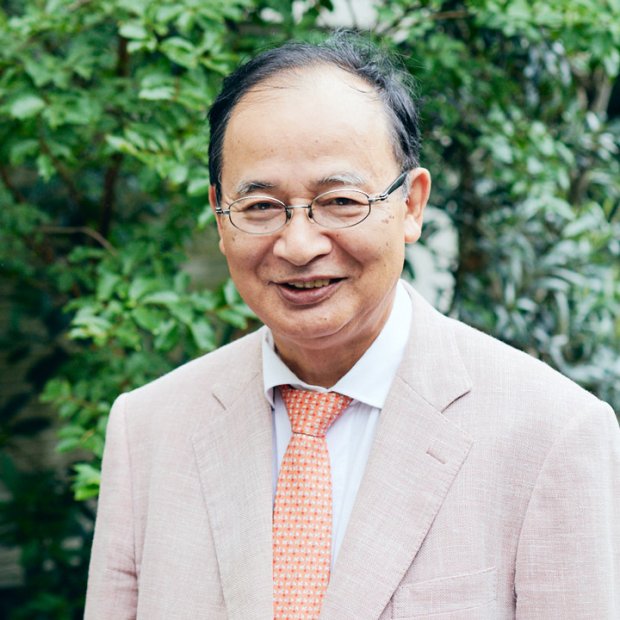
Profile
Fram Kitagawa
"Art from the Land" editor-in-chef / ETAT General Director
Born in 1946 in Takada-city (current Joetsu-city) in Niigata, Japan. Kitagawa has been General Director of ETAT to date since its preparation phase.
About "House Memory"
“House Memory” by Chiharu Shiota
Address: 658 Shimoebiike, Matsunoyama, Tokamachi-city, Niigata
How to experience: Please visit the designated page for the work on the ETAT official website.





